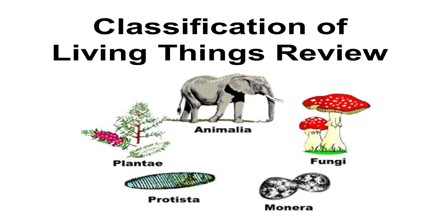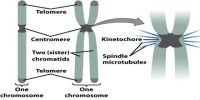Classification of Living Organisms
All living things of past and present are arranged in a certain method to give a holistic but brief overview of them. This process of arrangement is classification. Biologists have tried to classify the organisms from time to time. The most recent method of such classification is invented by Margulies and Whitaker in 1978.
According to modem method of classification, the living world is divided into five kingdoms.
Kingdom 1: Monera: The main functions of these organisms are; (i) the organism is unicellular and has no well developed nucleus. (ii) They are too small, cannot be seen without a microscope. Example: Rhizobium.
Kingdom 2: Protista: These living organisms have well-developed nucleus and they are unicellular. They can live alone or in a colony. Example: Amoeba and Euglena.
Kingdom 3: Fungi: They hose well-defined nucleus. They could be either unicellular or multi-cellular. Their bodies do not carry chlorophyll, therefore, they are saprophytic. Examples- Yeast, Mushroom, Penicellium etc.
Kingdom 4: Plantae: Usually they can prepare their own food, so they are autophytic. They can be unicellular or multi-cellular. The cell wall is made of cellulose. They have well developed nucleus. Examples- Fern, mango, black berry, jack fruit.
Kingdom 5: Animalia (Animal world): These organisms have no cell-wall which is composed of cellulose. Usually their cells have no of plastids. So they are dependent on plant directly or indirectly. Examples: fish, bird, cow, man etc.













